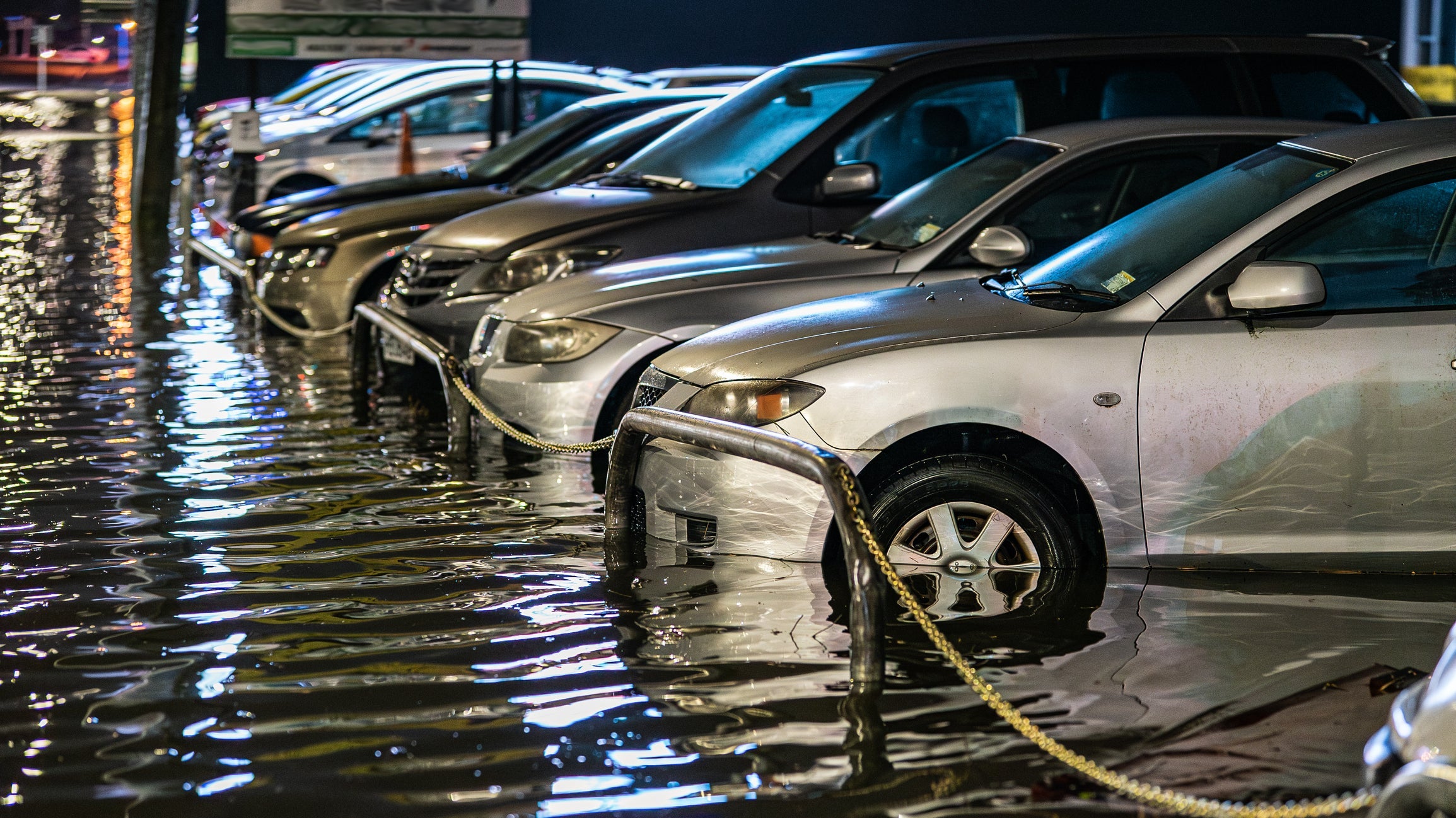Quick Summary: September is statistically the most disaster-prone month of the year, marking the height of hurricane season, peak wildfire activity, and increased flood and storm risk across the U.S. This guide explains why disasters surge in late summer and how to protect yourself, your team, and your workplace with the right personal protective equipment (PPE) and preparedness gear.
Why September Sees More Disasters Than Any Other Month
Historical data from the National Oceanic and Atmospheric Administration (NOAA) show that **September consistently records more natural disasters than any other month**. It’s the midpoint of the Atlantic hurricane season, when ocean temperatures and atmospheric conditions align for storm formation. Meanwhile, dry heat in the West fuels wildfires, and the first autumn cold fronts trigger severe storms and flash floods in central states.
The combination of **warm oceans, high humidity, and shifting air masses** makes September a month of overlapping hazards. Within a few weeks, communities may experience hurricanes along the Gulf Coast, wildfires in California, and inland flooding in the Midwest.
Climate Drivers Behind September’s Extreme Weather
- Warm Sea Surface Temperatures: The Atlantic and Gulf waters are at their warmest, fueling hurricane intensity.
- Jet Stream Shifts: The transition from summer to fall causes unstable air patterns that trigger storms and floods.
- Prolonged Drought: Extended heatwaves dry vegetation, making regions like California, Oregon, and Nevada more wildfire-prone.
- Residual Heat and Humidity: Late-summer atmospheric energy sustains severe weather long after midsummer has ended.
This climatic convergence makes September uniquely dangerous — and the perfect time to evaluate your PPE and emergency gear before a crisis hits.
Preparing for Multiple Disaster Scenarios
Different disasters require specific safety precautions. Whether it’s hurricane debris, wildfire smoke, or post-storm flooding, each environment presents unique hazards. A single all-purpose PPE kit isn’t enough — readiness means having the right equipment for each threat.
1. Hurricanes and Flooding
- Chemical-Resistant Gloves – Protects hands from fuel, oil, and contaminated floodwater.
- Waterproof Safety Boots – Prevents slips, punctures, and electrical hazards.
- Reusable Respirators – Reduces exposure to mold and airborne bacteria during cleanup.
2. Wildfires and Air Quality Hazards
- N95 and P100 Respirators – Filters smoke, ash, and fine particulates.
- Safety Goggles – Shields eyes from ash, dust, and debris.
- High-Visibility Apparel – Keeps responders visible in smoky or low-light conditions.
3. Severe Storms and Power Outages
- Hard Hats – Protects against falling branches, debris, or ceiling damage.
- Industrial Flashlights – Ensures visibility during power loss and emergency response.
- Work Gloves – Provides grip and hand safety when clearing debris or setting up barriers.
OSHA Guidance for Disaster Readiness
OSHA’s 29 CFR 1910.132 standard requires employers to assess workplace hazards and provide proper PPE. For organizations operating in hurricane-prone or fire-risk regions, this includes maintaining emergency stockpiles and worker training.
Key compliance steps include:
- Conducting annual hazard assessments for weather-related threats.
- Training employees in PPE use, cleaning, and storage procedures.
- Documenting inspections and replacements for all emergency gear.
- Coordinating with local emergency-management offices for evacuation planning.
Building a September Safety Kit
Preparation isn’t seasonal — but September should be your annual checkpoint for evaluating supplies. Create a kit that covers diverse risks:
- Gloves (chemical-resistant and cut-resistant)
- Respirators and extra filters
- Safety goggles or face shields
- High-visibility vests or jackets
- Waterproof boots and rain gear
- Flashlights, batteries, and first-aid supplies
Inspect expiration dates, clean reusable PPE, and replace damaged items before the next storm or wildfire season peaks.
Staying Ahead: The Value of Proactive Safety Culture
The most effective emergency responses come from companies that embed preparedness into daily operations. When PPE inspection and safety checks become routine, organizations can respond faster and safer to unpredictable disasters.
By recognizing September as the “red-alert month” for natural disasters, you can use this period each year to refresh training, restock supplies, and test communication systems.
Conclusion
From hurricanes and floods to fires and storms, September is nature’s stress test for preparedness. Take this month as your cue to review, replace, and reinforce your safety stock. The right PPE doesn’t just protect workers — it keeps recovery moving when disaster strikes.
Visit eSafetySupplies.com to find OSHA-compliant gear designed for hurricane, flood, and wildfire safety — and make September your new standard for readiness.
People Also Ask
Why does September have the most natural disasters?
September combines warm ocean temperatures, dry inland conditions, and shifting air patterns — fueling hurricanes, wildfires, and storms simultaneously.
What PPE is needed during hurricane season?
Chemical-resistant gloves, waterproof boots, hard hats, safety goggles, and respirators are essential to protect against floodwater and debris hazards.
How can I prepare my workplace for multiple disasters?
Conduct seasonal hazard assessments, maintain stocked PPE, train staff in emergency response, and establish clear communication protocols for different disaster types.
When should I replace emergency PPE?
Inspect PPE every quarter or before major weather events. Replace any gear that is expired, worn, or has lost reflectivity or sealing integrity.
Where can I buy PPE for disaster preparedness?
You can find OSHA-compliant PPE for hurricanes, floods, and wildfire recovery at eSafetySupplies.com.
About the Author
Mick Chan is a Safety Supplies industry professional with over 15 years of hands-on experience. He specializes in OSHA compliance, PPE regulations, and bulk safety product procurement for high-risk industries. Mick earned his Bachelor’s degree in Business Administration from Cal State LA in 2013 and has been advising companies across California ever since. Born and raised in the San Gabriel Valley, Mick understands the safety needs of businesses in diverse urban and industrial environments. His work focuses on bridging safety compliance with practical product solutions for the modern workplace.

